Scientists who made major discoveries early in their careers
Throughout history, young scientists have shattered boundaries and paved the way for monumental advancements. These trailblazers, often beginning their groundbreaking work in their youth, have left an indelible mark on science and society.
From physics to biology, their contributions continue to inspire and challenge the status quo, encouraging future generations to explore, question, and innovate beyond conventional limits.
Isaac Newton: Laying the Foundations of Classical Mechanics
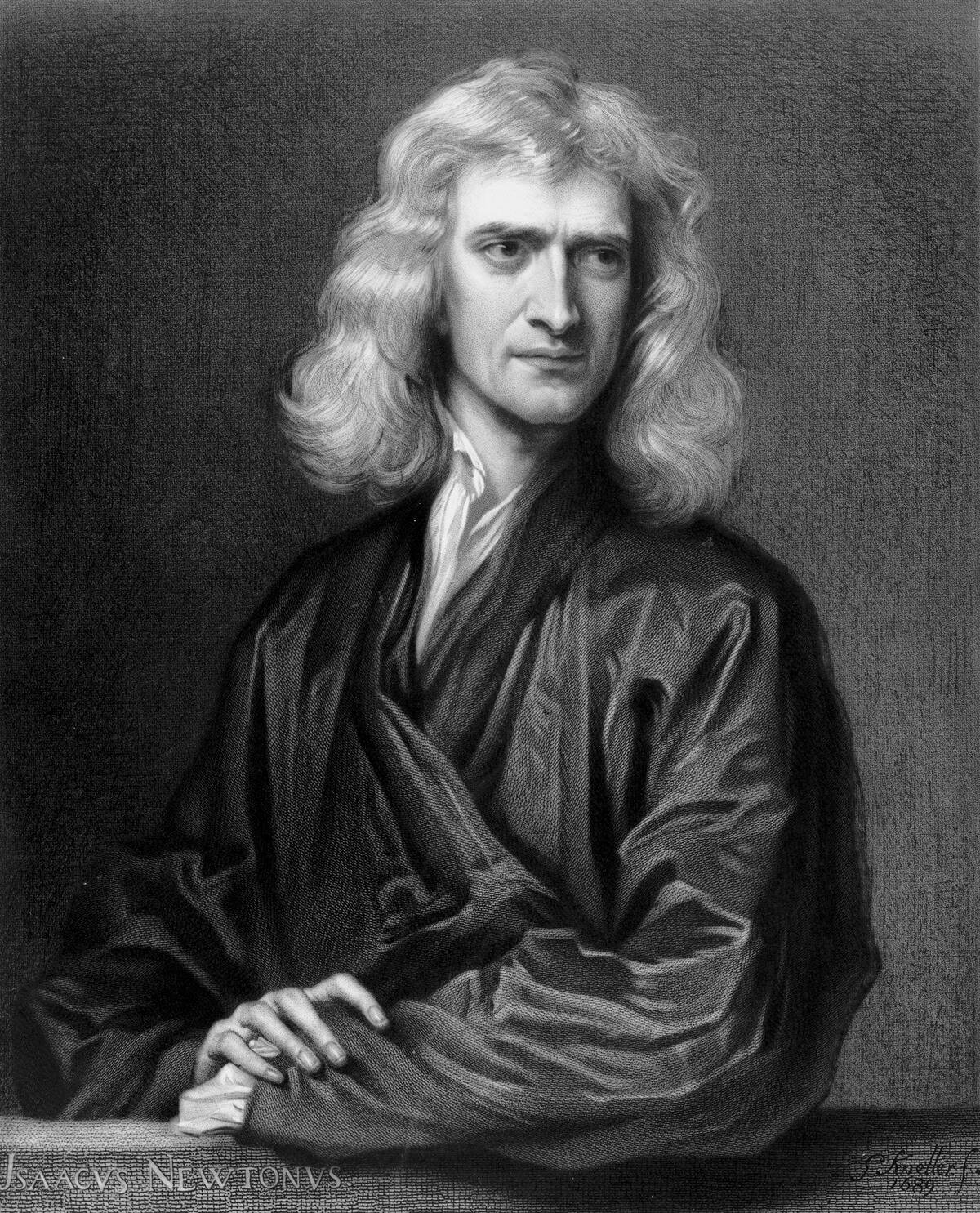
Isaac Newton, in his early twenties, formulated the laws of motion and universal gravitation, which became the cornerstone of classical mechanics. His groundbreaking work, ‘Philosophiæ Naturalis Principia Mathematica,’ published in 1687, unified terrestrial and celestial mechanics under a single theory.
Newton’s early achievements exemplify how youth can fuel revolutionary insights into the fundamental workings of the universe.
Marie Curie: Unveiling the Mysteries of Radioactivity
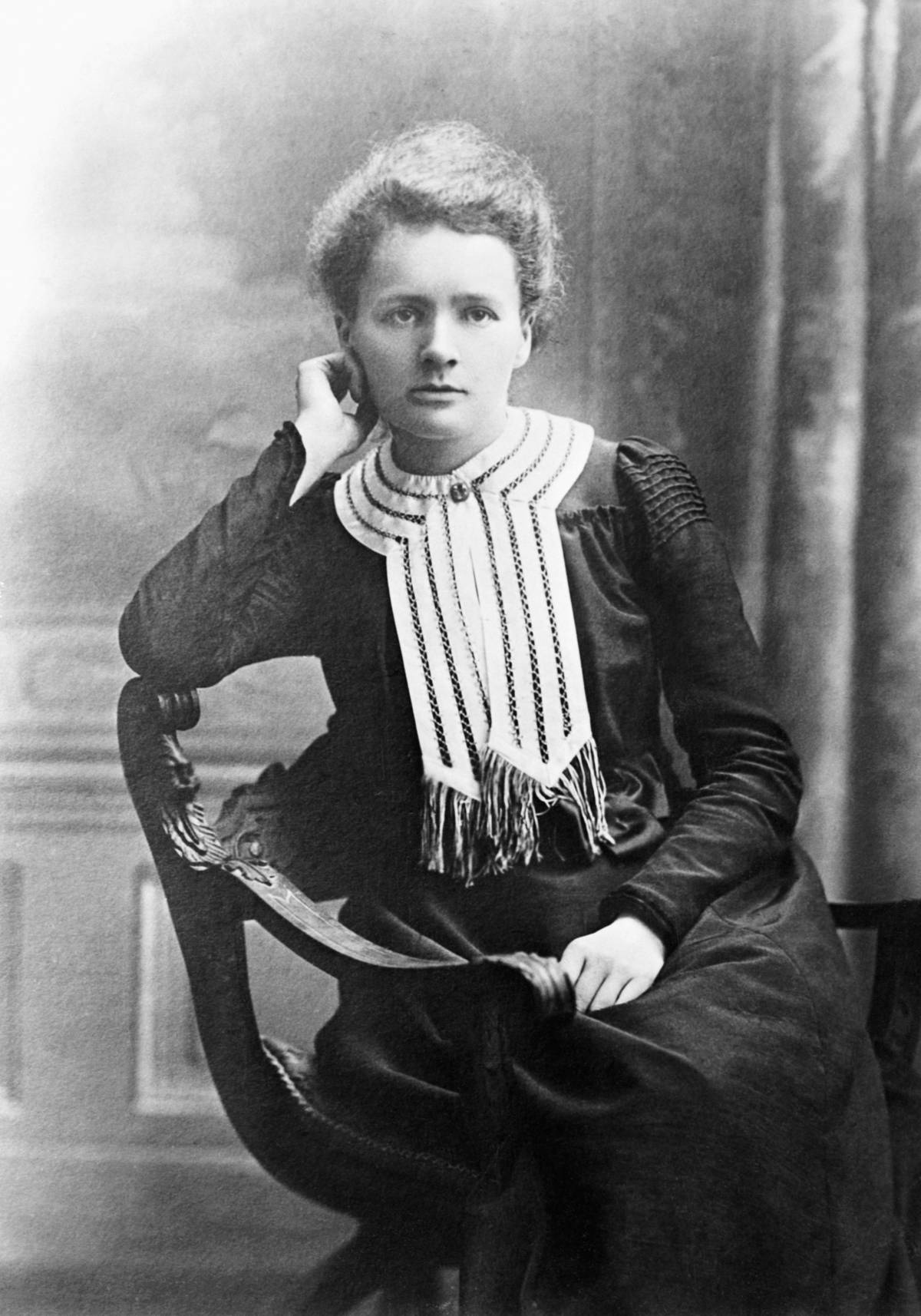
Marie Curie, in her early 30s, pioneered research into radioactivity, a term she coined, and discovered the elements polonium and radium.
Her relentless dedication led to her becoming the first woman to win a Nobel Prize and the only person to win in two different scientific fields. Curie’s work transformed medical treatments and highlighted the potential of radioactivity for both healing and energy production.
James Clerk Maxwell: Electromagnetic Visionary
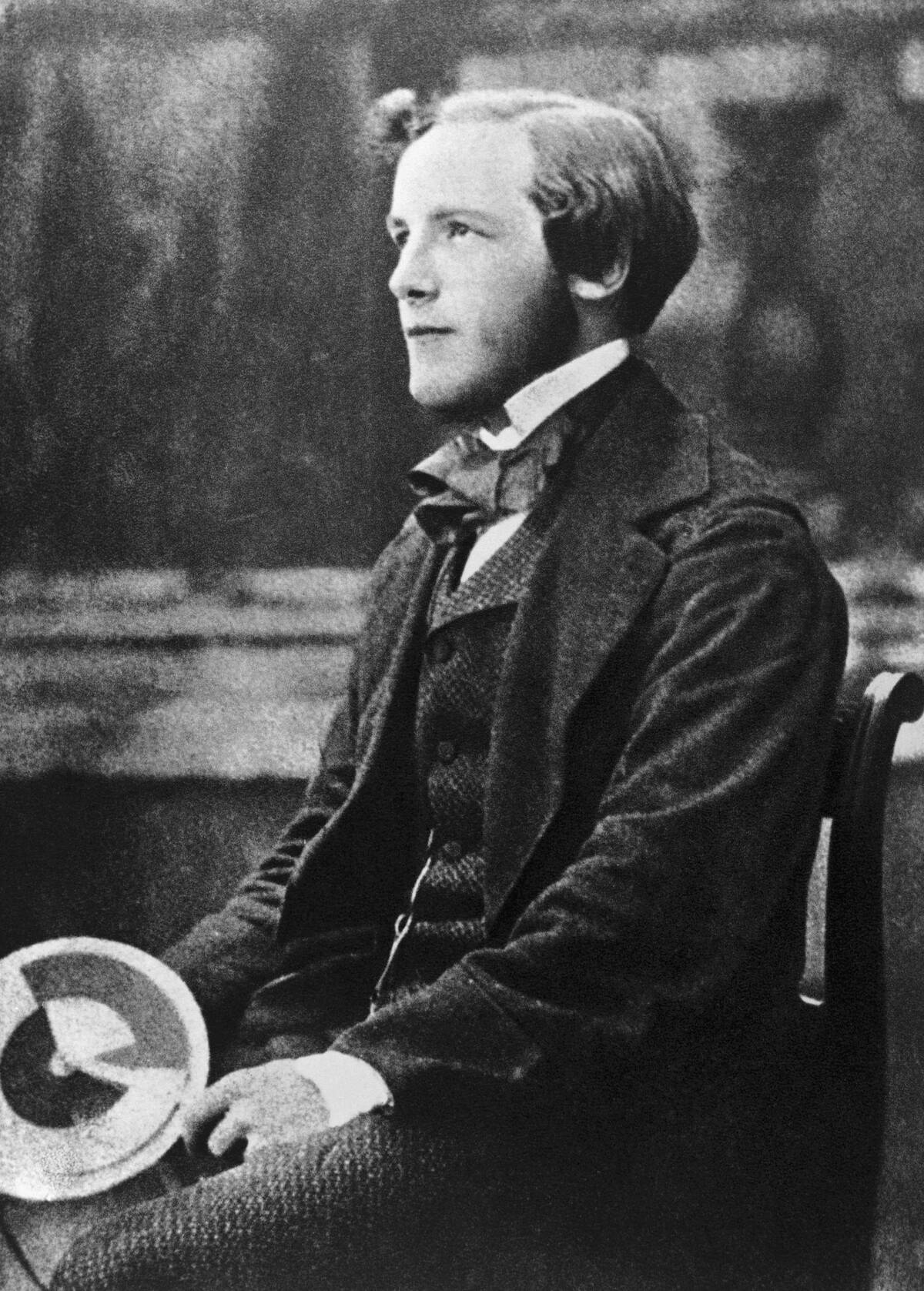
James Clerk Maxwell, while in his early thirties, formulated the classical theory of electromagnetic radiation, bringing together electricity, magnetism, and light as different manifestations of the same phenomenon.
His equations, known as Maxwell’s Equations, laid the foundation for modern electrical engineering and telecommunications. Maxwell’s youthful insights illuminated the path for future technologies, demonstrating the lasting impact of early scientific exploration.
Ada Lovelace: The First Computer Programmer
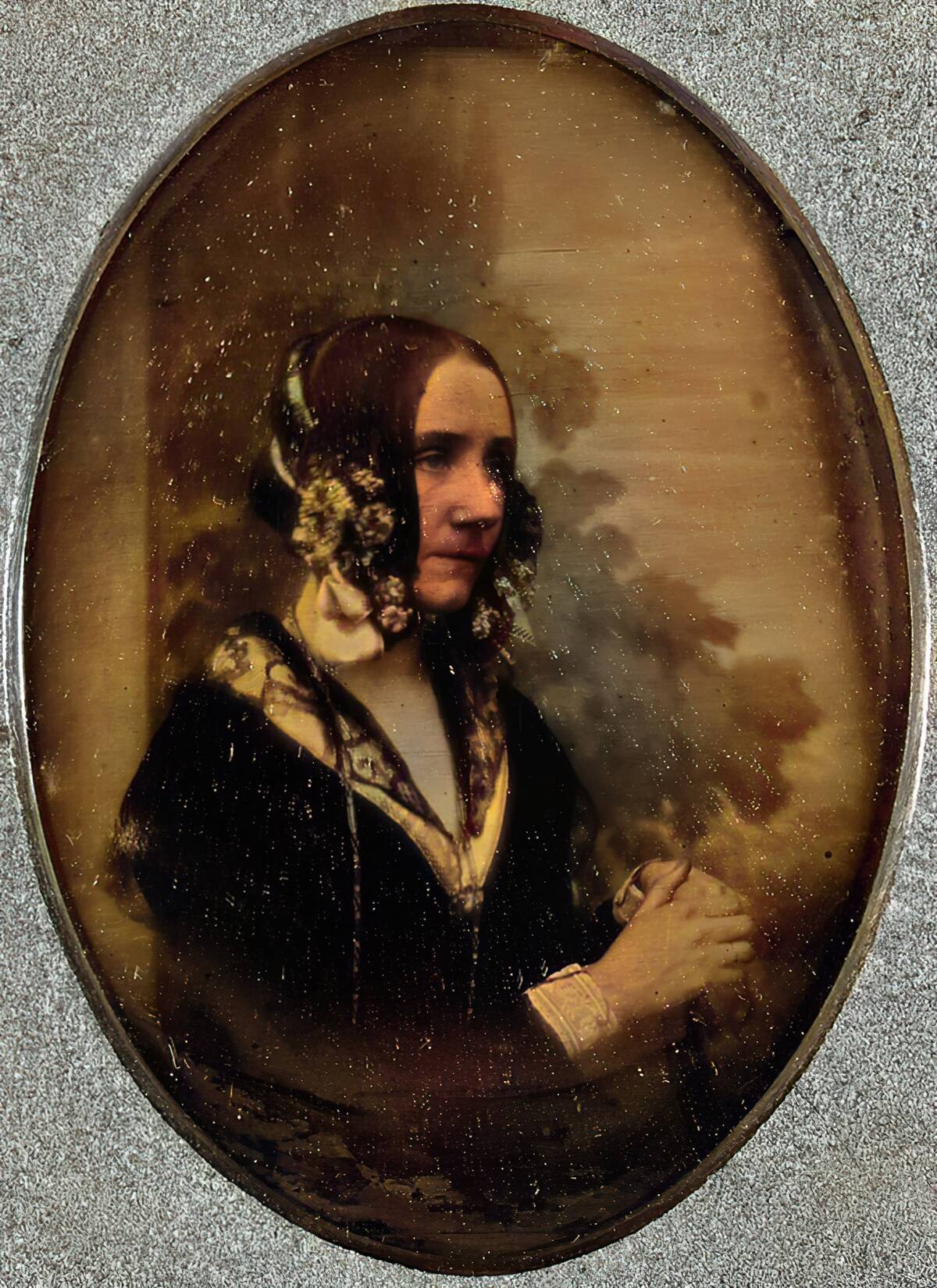
Ada Lovelace, in her 20s, wrote what is considered the first algorithm intended for a machine, making her the world’s first computer programmer. Collaborating with Charles Babbage on his Analytical Engine, she foresaw the potential of computers to go beyond mere calculation.
Lovelace’s visionary ideas, expressed long before the digital age, underscore the timeless influence of youthful imagination on technological innovation.
Srinivasa Ramanujan: The Self-Taught Mathematical Genius
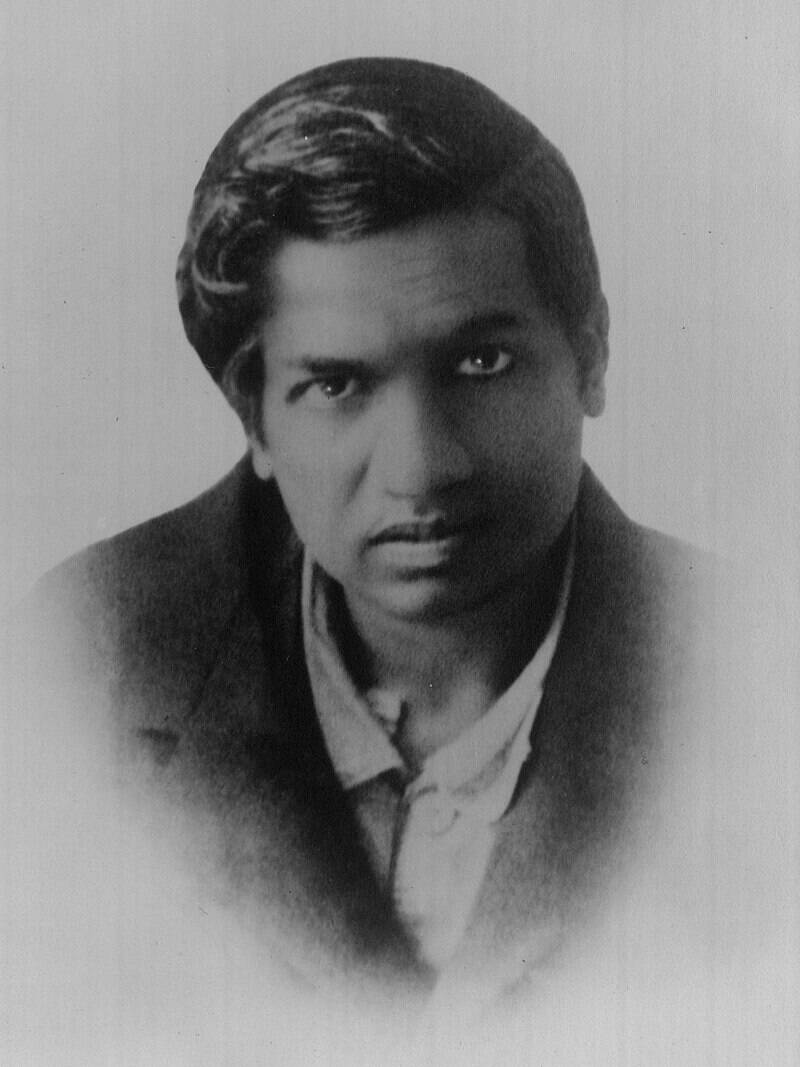
Srinivasa Ramanujan, a largely self-taught mathematician from India, made substantial contributions to mathematical analysis, number theory, and continued fractions. His work, produced before the age of 32, contained groundbreaking theorems that puzzled even the most seasoned mathematicians.
Ramanujan’s natural genius and determination highlight the potential for significant contributions regardless of formal training.
Rosalind Franklin: The DNA Double Helix
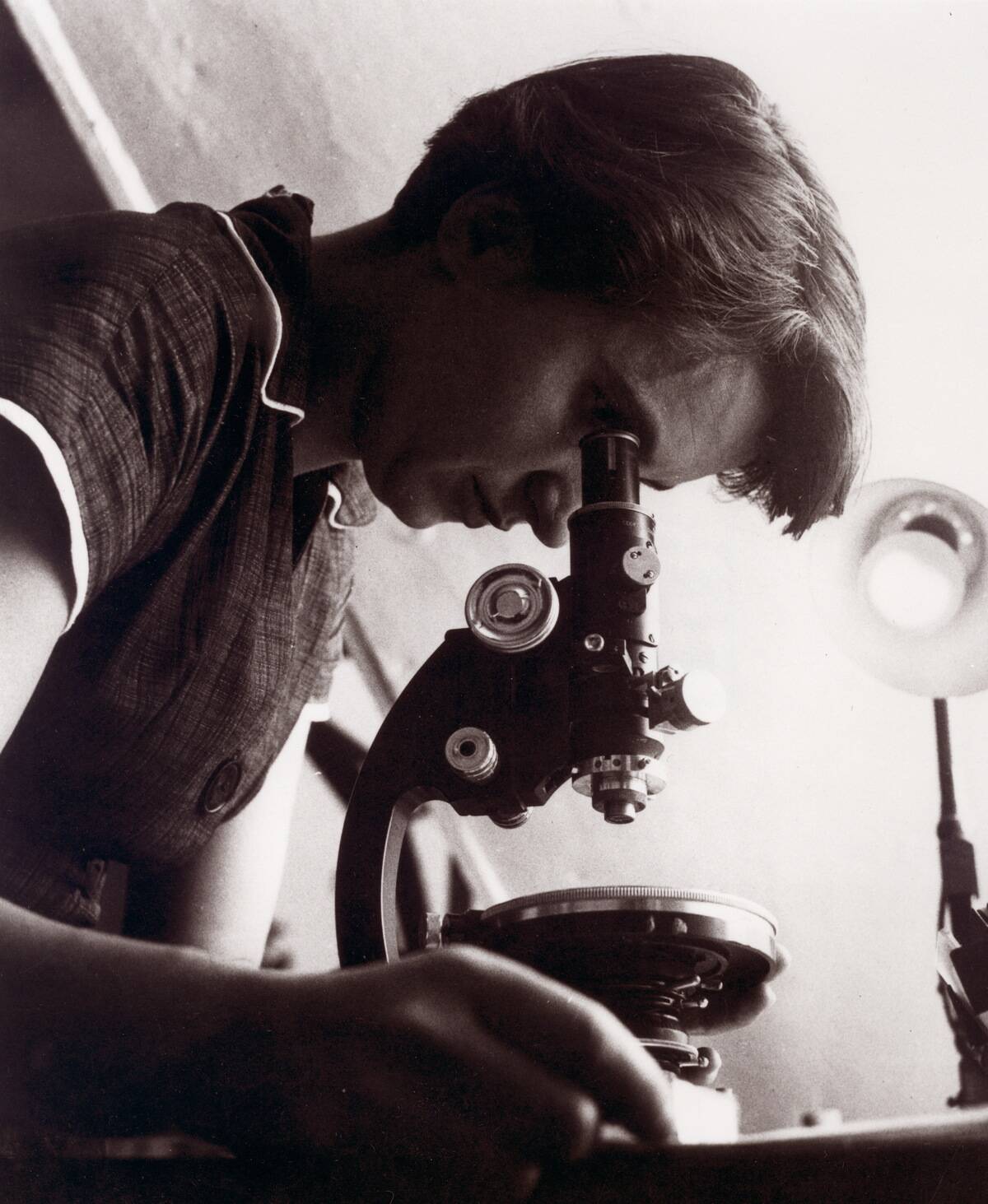
Rosalind Franklin, in her early 30s, used X-ray diffraction to capture images of DNA, crucial in uncovering its double helix structure. Her meticulous work provided the foundation for Watson and Crick’s model of DNA, a discovery that revolutionized genetics and molecular biology.
Franklin’s contribution, often underrecognized, is a testament to the critical role young scientists play in major scientific breakthroughs.
Richard Feynman: Quantum Mechanics and Beyond
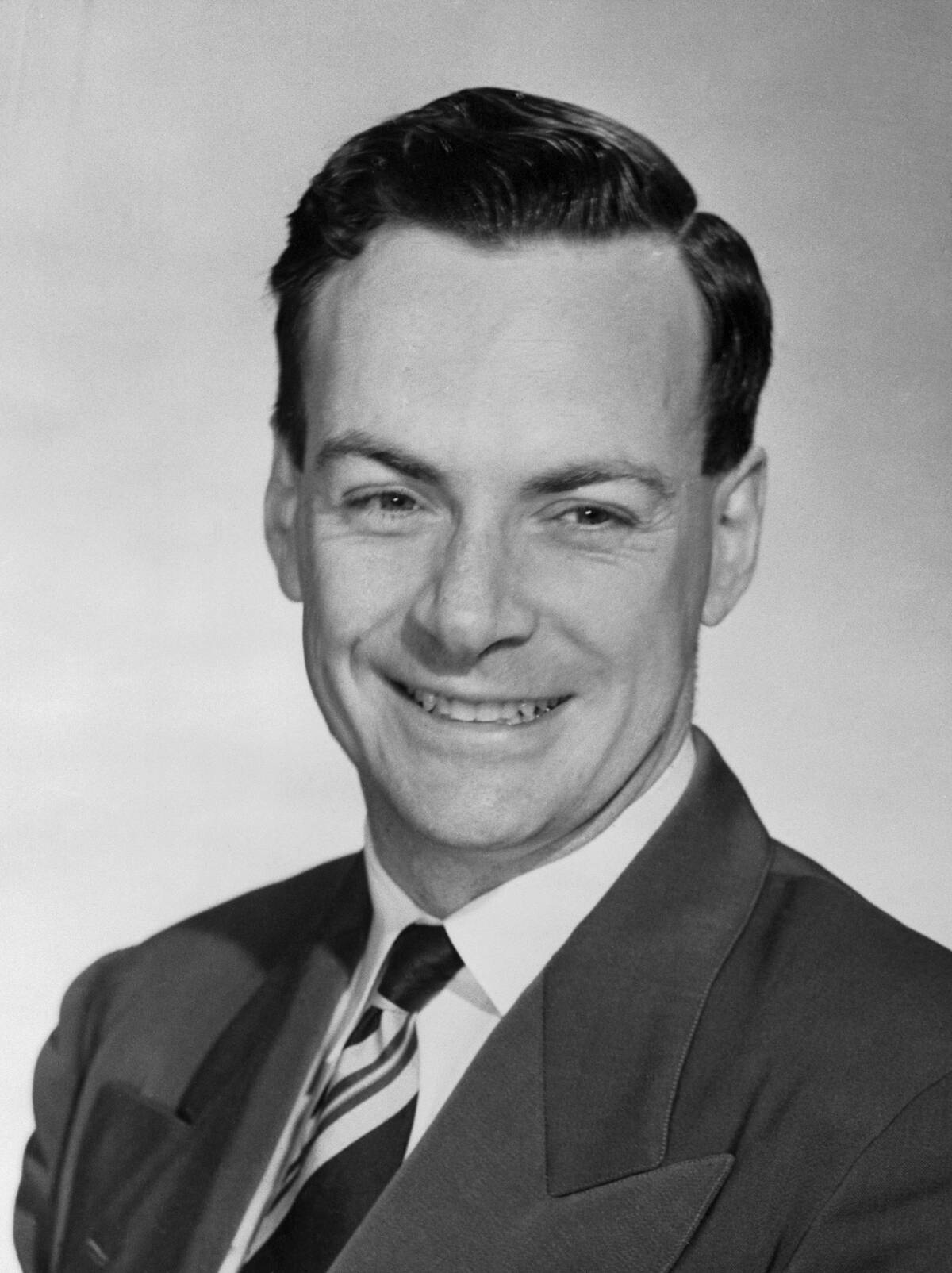
Richard Feynman, by his late twenties, made significant contributions to the development of quantum electrodynamics, earning him a Nobel Prize. Known for his charisma and teaching prowess, Feynman also developed the Feynman diagrams, which provided a new way to visualize and calculate particle interactions.
His youthful enthusiasm and creativity continue to inspire physicists and educators alike.
Werner Heisenberg: The Uncertainty Principle
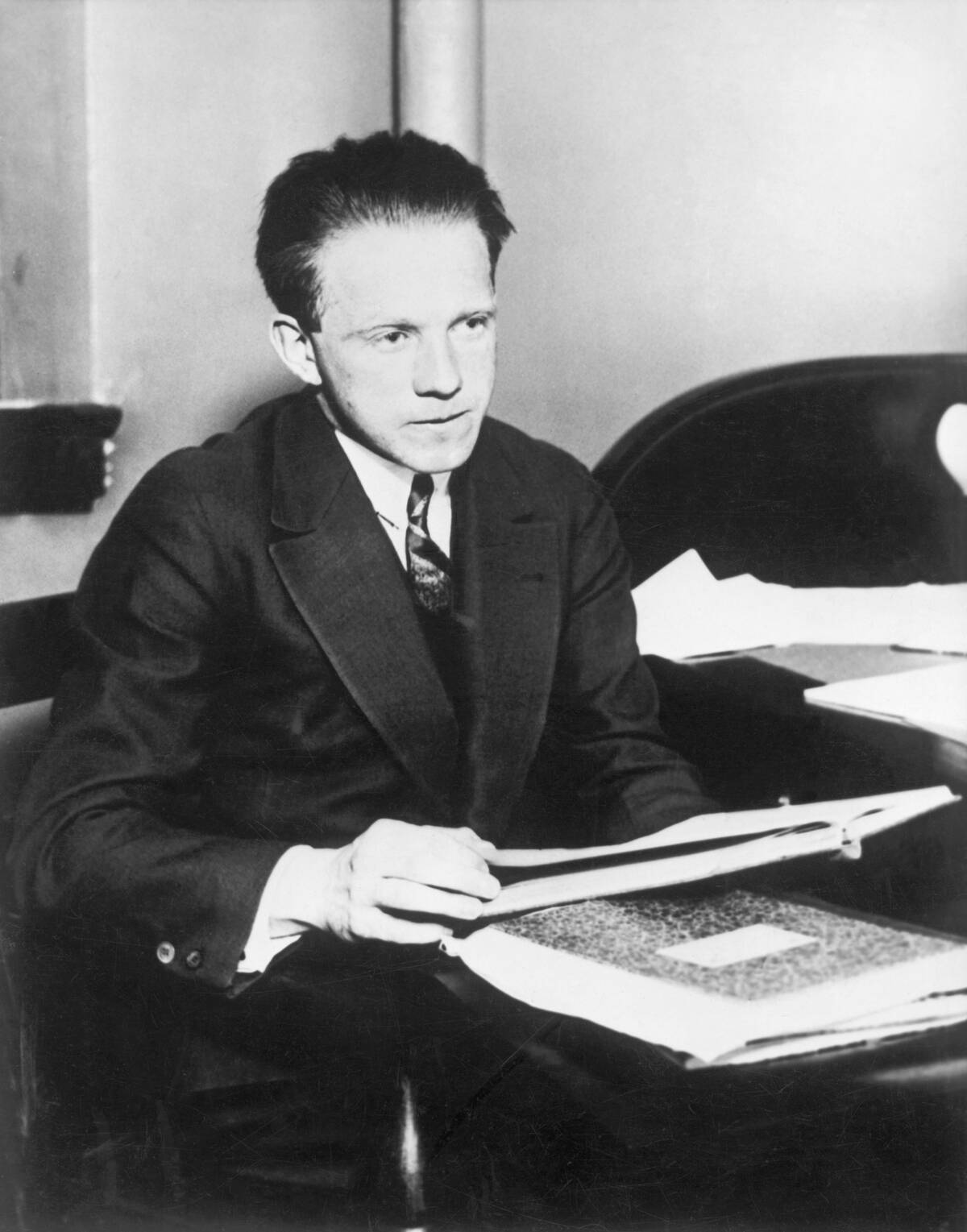
Werner Heisenberg, at the age of 26, formulated the Uncertainty Principle, a fundamental theory in quantum mechanics that limits the precision with which certain pairs of physical properties can be known.
This principle challenged classical concepts of certainty, emphasizing the probabilistic nature of quantum mechanics. Heisenberg’s early contributions reshaped our understanding of the microscopic world and highlighted the evolving nature of scientific knowledge.
Niels Bohr: Revolutionizing Atomic Structure
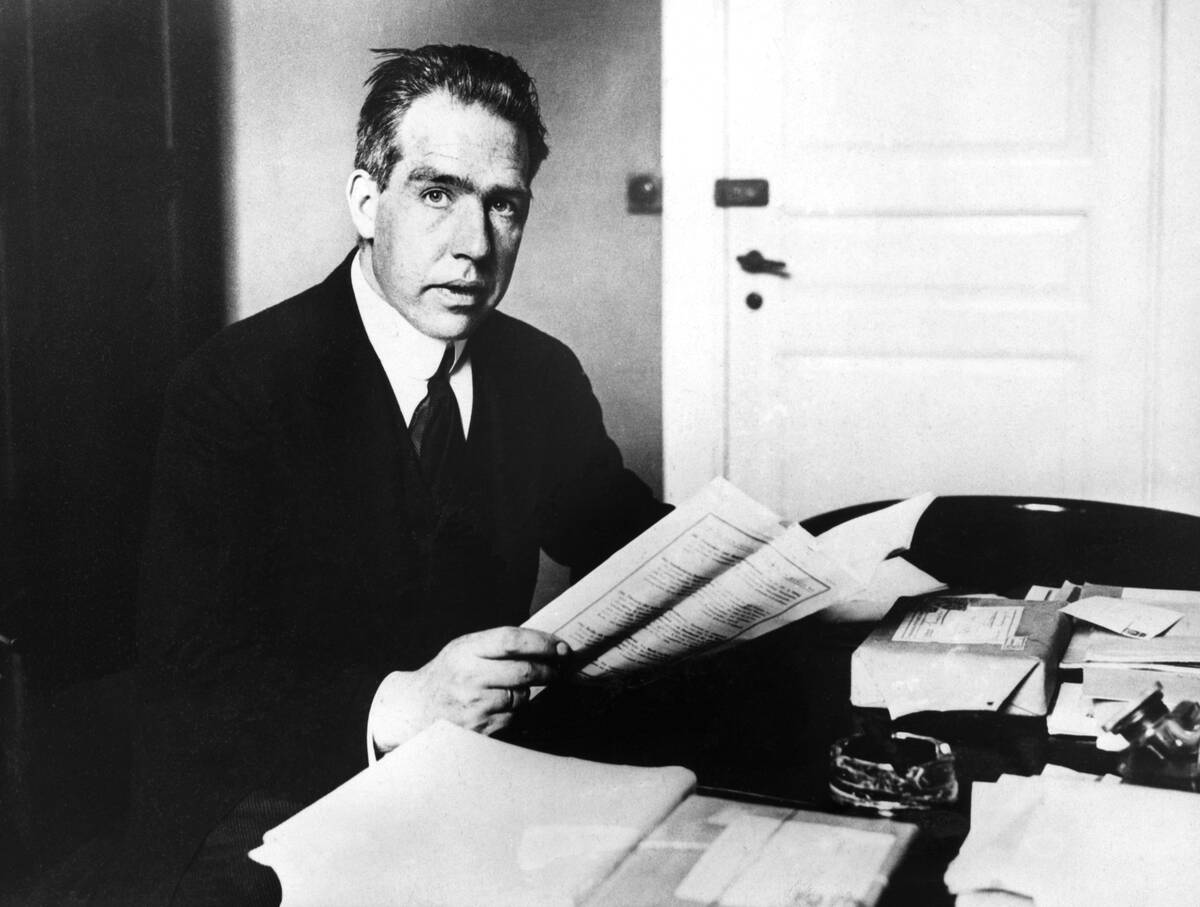
Niels Bohr, in his late 20s, introduced the Bohr model of the atom, which depicted electrons orbiting the nucleus in quantized shells. This model successfully explained the spectral lines of hydrogen and laid the groundwork for quantum theory.
Bohr’s early innovations not only advanced atomic physics but also bridged classical and modern physics, exemplifying the transformative impact of youthful insight on scientific paradigms.
Galileo Galilei: The Father of Modern Observational Astronomy
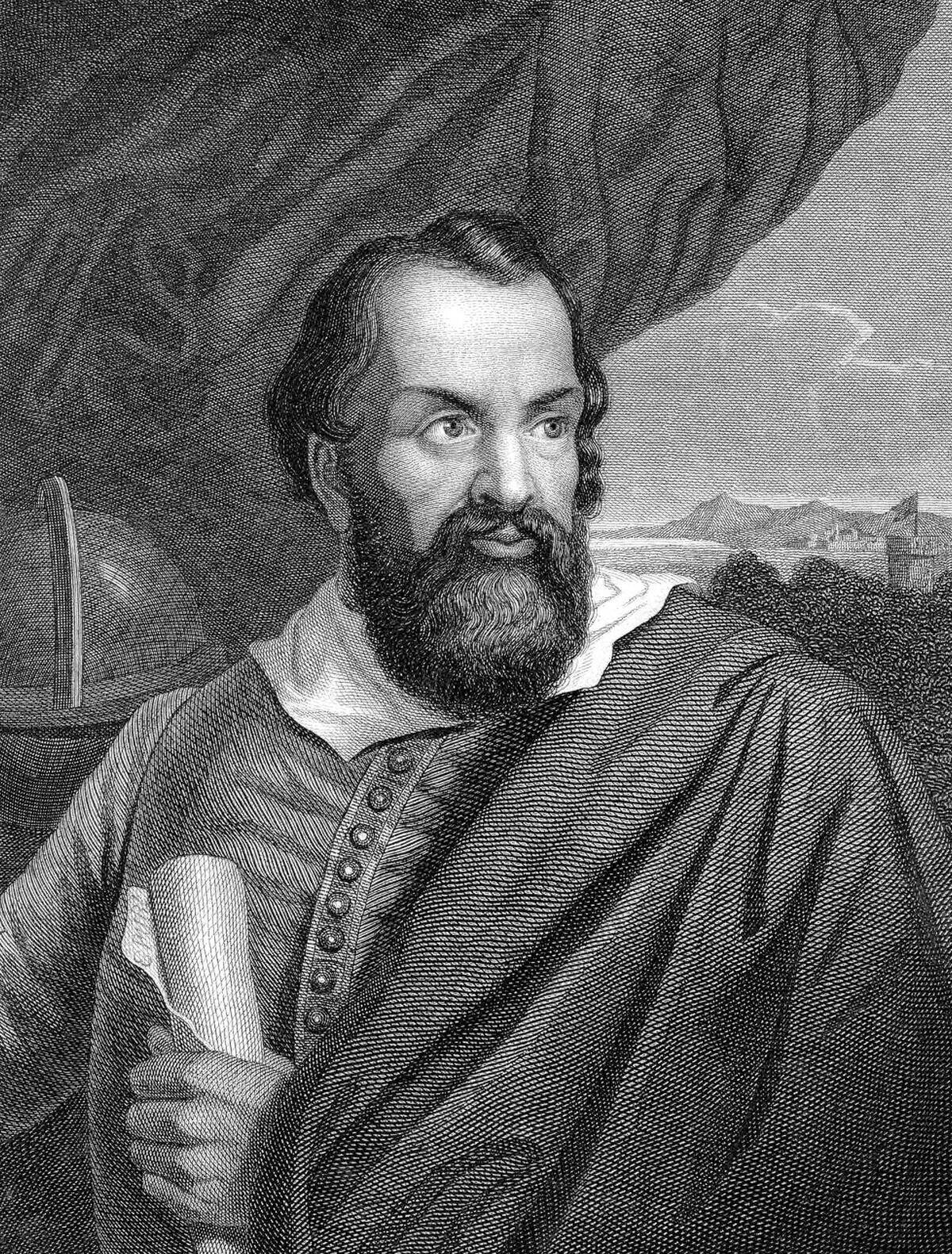
Galileo Galilei made significant improvements to the telescope, allowing him to make unprecedented astronomical observations. He discovered moons orbiting Jupiter, observed the phases of Venus, and studied sunspots, challenging the geocentric model of the universe.
Galileo’s youthful curiosity and willingness to challenge established views laid the groundwork for modern observational astronomy.
Albert Einstein: The Miracle Year
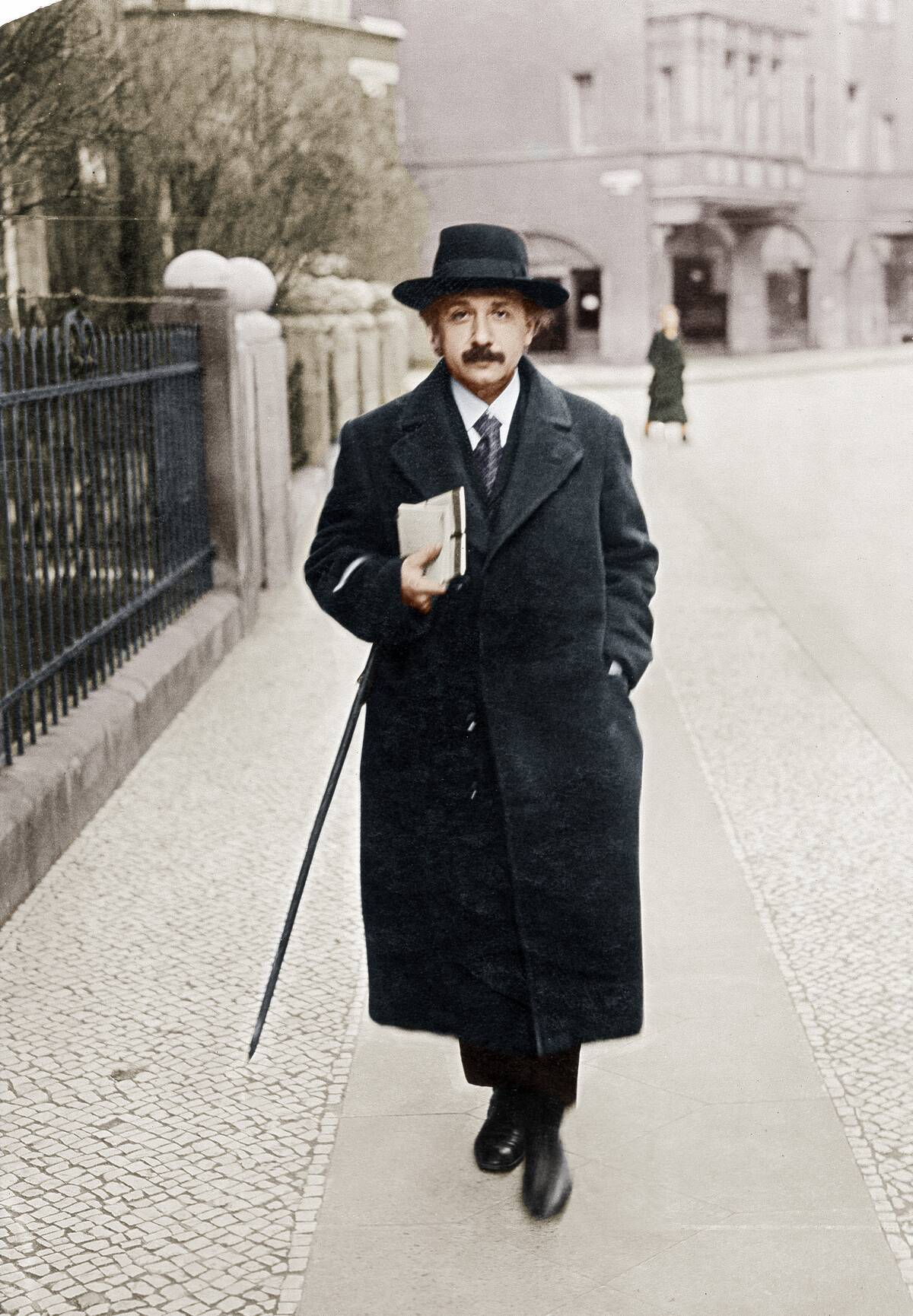
In 1905, Albert Einstein, at just 26 years old, revolutionized physics with a series of papers that introduced the theory of special relativity and the famous equation E=mc². This ‘Annus Mirabilis’ or ‘Miracle Year’ laid the groundwork for modern physics, altering our understanding of time, space, and energy.
Einstein’s bold ideas, fueled by a relentless curiosity, demonstrated the power of youthful ingenuity in shaping scientific discourse.
Blaise Pascal: Early Contributions to Probability Theory
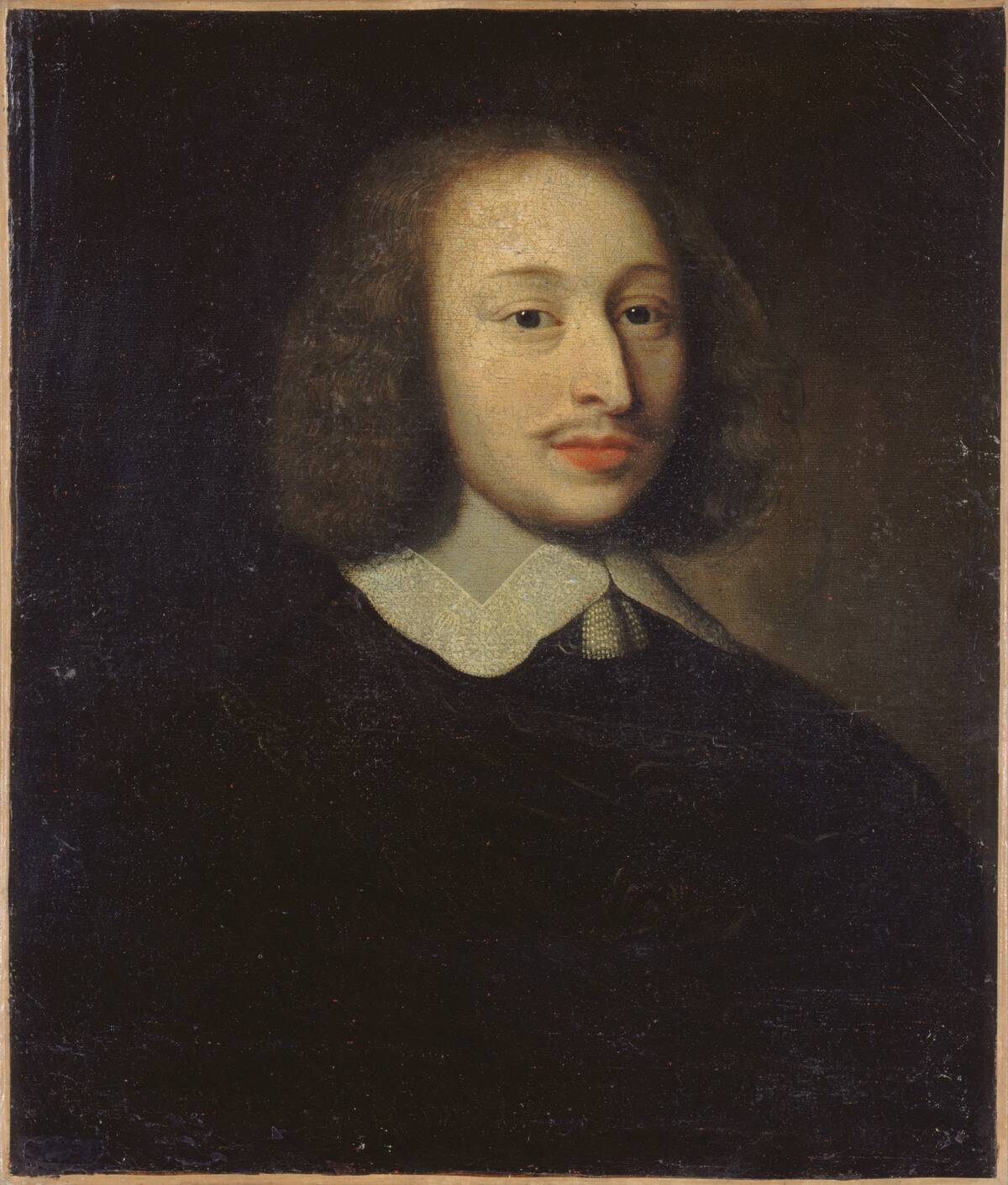
Blaise Pascal, in his early twenties, made groundbreaking contributions to the field of probability theory alongside Pierre de Fermat.
Their correspondence laid the groundwork for modern probability and statistics, which have applications ranging from finance to science. Pascal’s early work in mathematics demonstrated the vast potential of youthful intellectual collaboration in advancing our understanding of complex systems.
Alexander Fleming: The Accidental Discovery of Penicillin
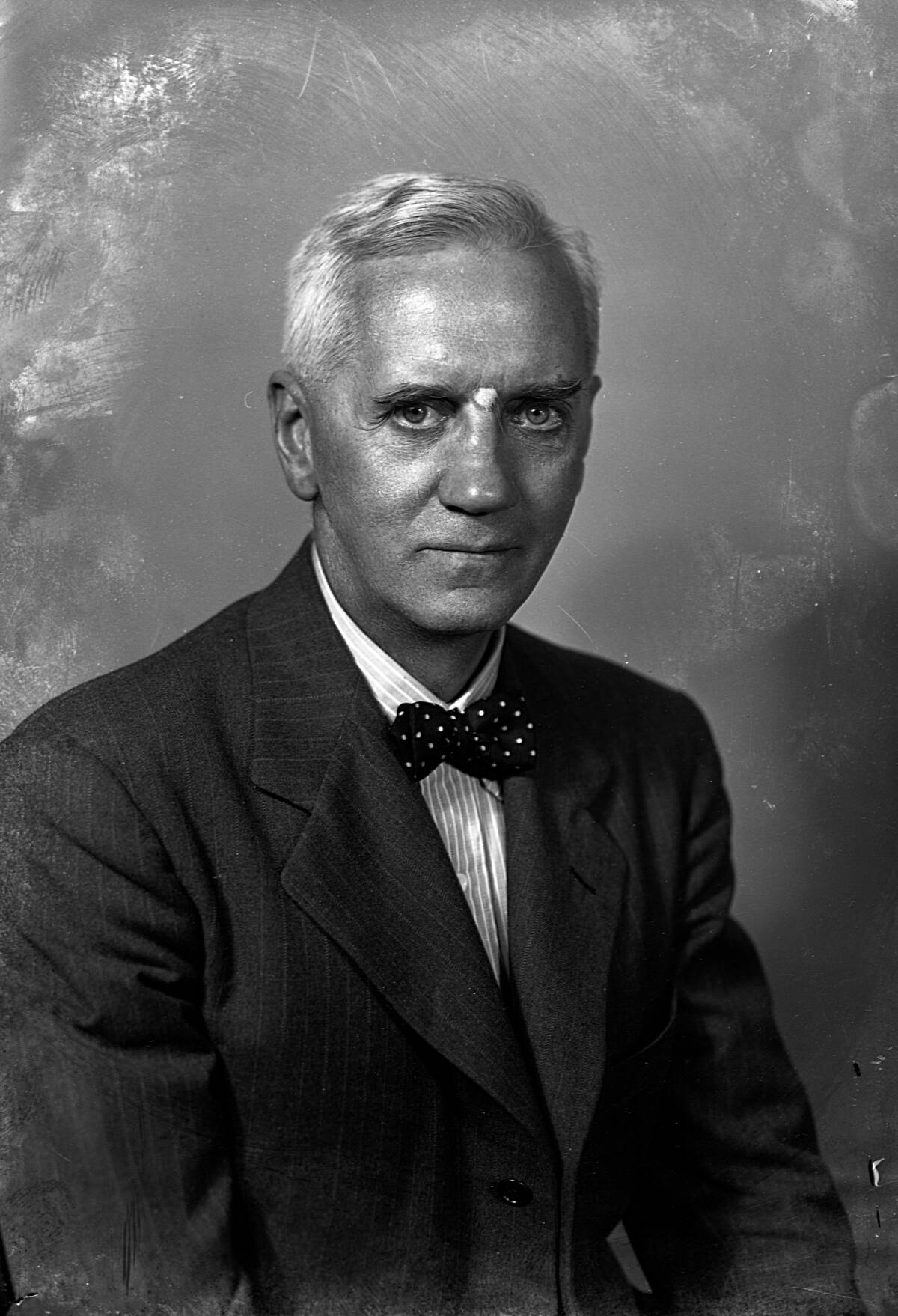
Alexander Fleming, at the age of 47, discovered penicillin, the world’s first antibiotic, by accident when he noticed mold killing bacteria in a petri dish. This serendipitous discovery led to the development of antibiotics, revolutionizing medicine and saving countless lives.
Fleming’s keen observational skills underscore the importance of maintaining an open and inquisitive mindset, irrespective of age, in scientific exploration.
Nikola Tesla: Innovations in Electricity and Magnetism
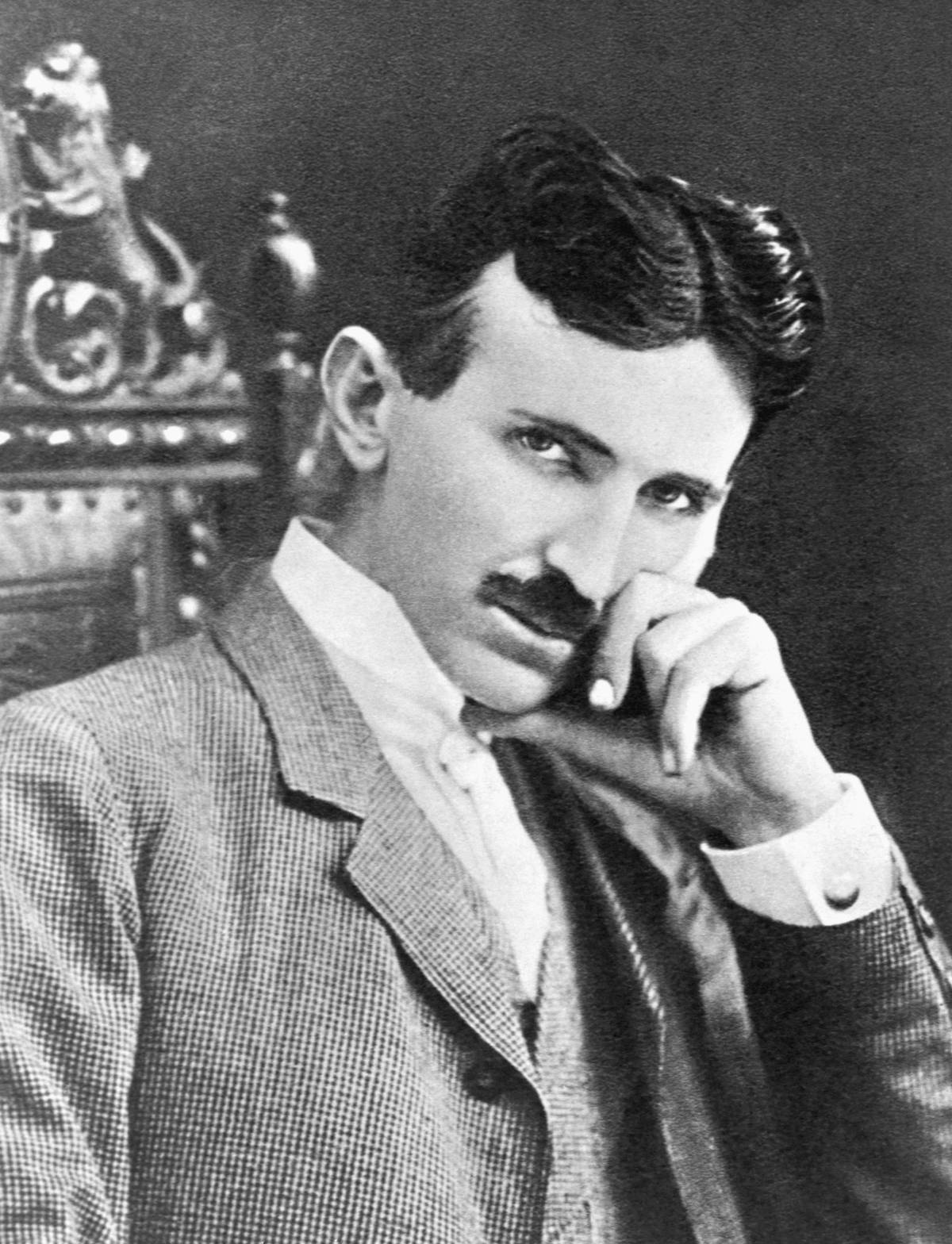
Nikola Tesla, during his 30s, developed the alternating current (AC) system, which became the standard for electrical power distribution. His numerous inventions, including the Tesla coil, were pivotal in the second industrial revolution.
Tesla’s early innovations in electricity and magnetism highlighted the transformative power of visionary thinking and have had lasting impacts on modern technology.
Jane Goodall: Transforming Our Understanding of Primates
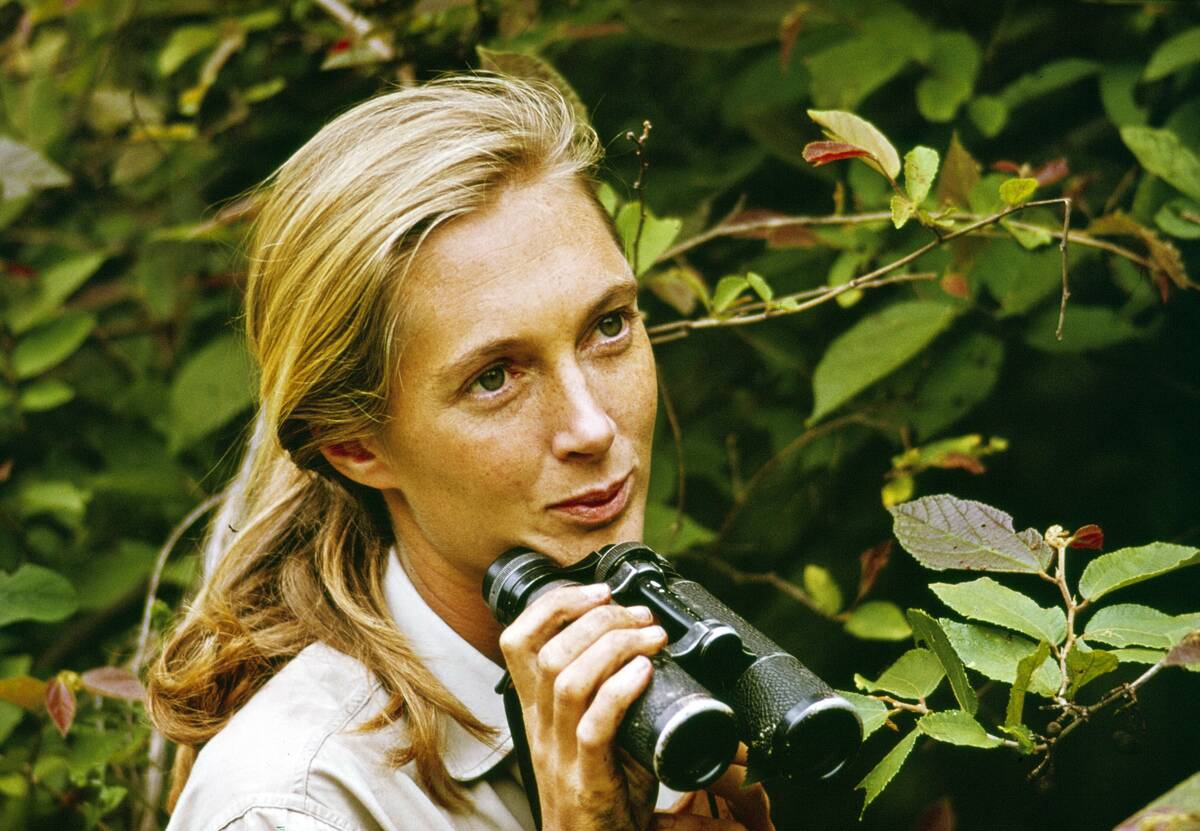
Jane Goodall, in her mid-20s, began her groundbreaking study of chimpanzees in Tanzania, transforming our understanding of primate behavior. Her observations of tool use and social interactions challenged prevailing notions of human uniqueness.
Goodall’s work emphasized the importance of long-term, immersive research and has had profound implications for conservation and anthropology.



